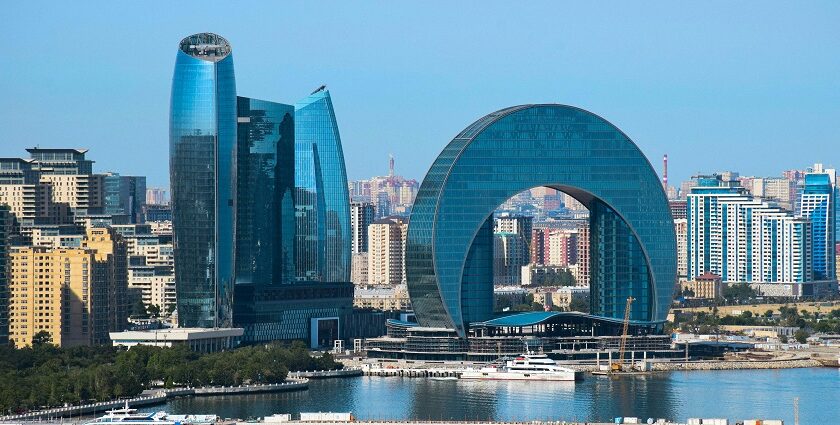People often ask, What is Baku famous for, and the fact is, it is not a place you can capture in one neat answer. This city feels like two worlds pressed together: a walled old town that smells faintly of stone and spice, and just beyond it, a skyline that lights up the Caspian Sea with glass and steel. It is the kind of city where you could spend your morning tracing centuries-old walls and your evening listening to live music beside a modern waterfront café. Baku is layered, and those layers are what make it unforgettable.
What Is Baku Famous For? Discover Its Culture, History, and Unique Sights
What is Baku famous for? Its vibrant culture, ancient history, stunning architecture, lively streets, and unique natural wonders.
1. The Old City And Its Echoes Of The Past

Photo: Zulfugar Karimov / Unsplash
Step through the gates of Icheri Sheher, the Old City, where time slows and stone alleys invite wandering. Laundry hangs between balconies, and a cat darts into a shaded courtyard. The mysterious Maiden Tower stands firm—fortress, observatory, or fire temple, and its history is debated. Nearby, the Palace of the Shirvanshahs reveals its carved stone courtyards and domed halls, glowing golden in the afternoon light, echoing with royal footsteps of centuries past.
2. Glass, Steel, And Modern Shapes
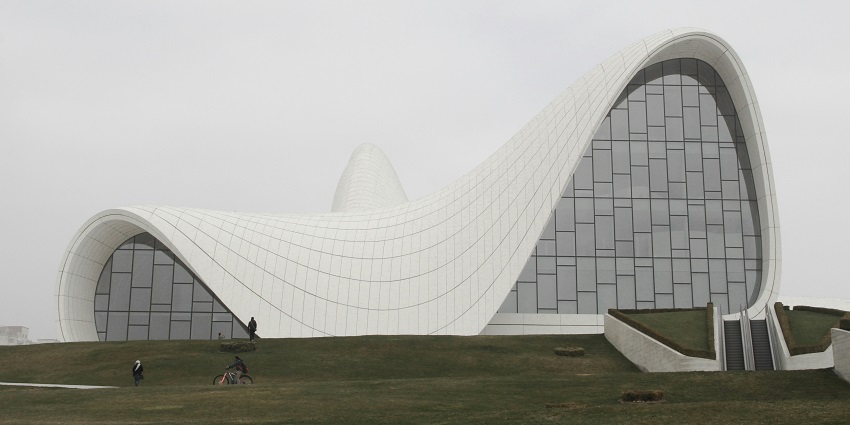
Photo: Safe Republic / Unsplash
Step outside the ancient walls, and the city transforms. The skyline rises high, with three towers glowing at night, their surfaces alive with shifting patterns—fire, flags, and abstract shapes that mesmerise from afar. Nearby, a unique building curves like a breaking wave or flowing fabric, housing art exhibitions, performances, and cultural events. Leaving the cobbled streets of the Old City, entering this space feels like stepping decades ahead into the future.
3. The Land Of Fire And The Old Flame
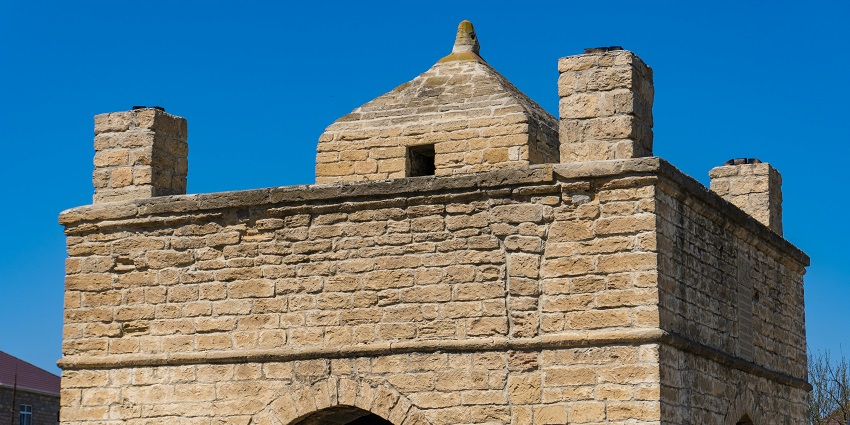
Photo: Zulfugar Karimov / Unsplash
The name “Land of Fire” wasn’t just for tourists. Long before streetlights, the hills outside Baku glowed at night as natural gas seeped through cracks, igniting flames that burned for months or even years. The Fire Temple, with its worn stone walls and open courtyard, invites quiet reflection. Centuries ago, a natural flame rose here, drawing pilgrims whose steps slowed as the warmth pressed into their skin. Though the flame no longer burns, the temple’s calm stillness remains.
4. Oil, Wealth, And Transformation

Photo: Paul Uchechukwu / Pexels / Image For Representation Only
By the 1800s, Baku’s quiet coastal life was fading as oil surged from the earth in thick, tar-like streams. Wells dotted the horizon, resembling an iron forest. The harbor bustled with ships loading barrels for export and unloading goods from distant ports. Carts clattered on cobblestones while men shouted above the noise. Cranes swung over busy docks. New stone buildings rose—some ornate with arches and tall windows, others plain yet sturdy—transforming the skyline into a bold, ambitious scene.
5. Crafts, Tea, And The Texture Of Daily Life
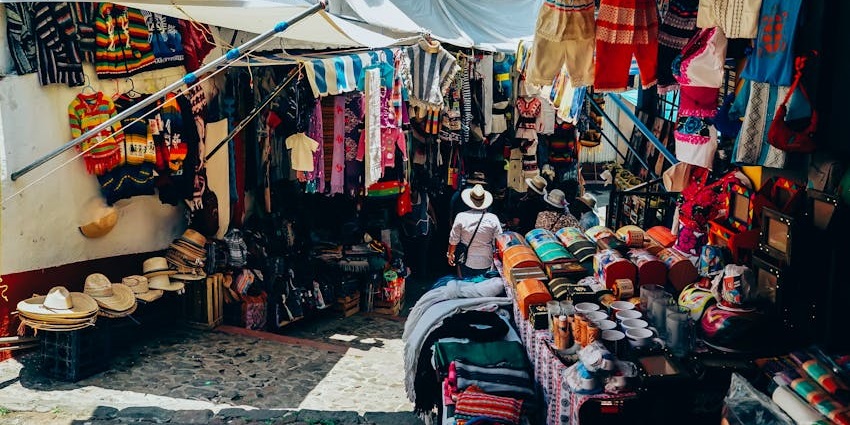
Photo: Ricky Esquivel / Pexels / Image For Representation Only
Walk through Baku’s quiet lanes and discover shops filled with handmade treasures. Faded socks hang from wooden rails, cherished as wedding gifts and heirlooms. Carpets, rolled or sunlit, display timeless patterns with unique weaver marks. Tea steams in tulip-shaped glasses, sometimes sweetened with jam. Markets buzz with the scent of cumin, dried apricots, and fresh bread. Sellers call out, inviting haggling—a familiar rhythm blending with footsteps on stone, making every visit an authentic sensory journey.
6. The Caspian Waterfront
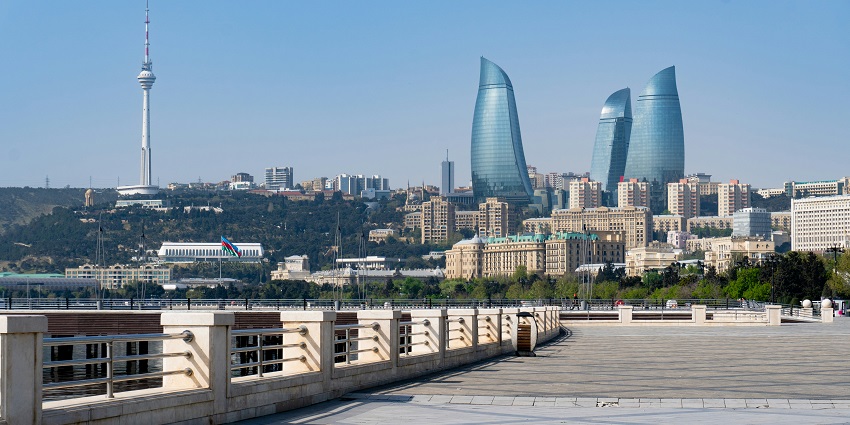
Photo: Zulfugar Karimov / Unsplash
The wide promenade along the Caspian Sea serves as Baku’s open-air living room. Evenings fill with families strolling, cyclists weaving by, and children’s laughter echoing over the water. Palm trees sway gently in the breeze, while the sea shifts from shimmering silver to deep blue with the changing light. At one end, a Ferris wheel turns slowly, offering views from its peak of the Old City’s ancient walls, the modern skyline beyond, and the endless horizon where water meets sky.
7. Festivals And Street Life

Photo: rovenimages.com / Pexels / Image For Representation Only
Baku fills its streets with music and movement throughout the year. City squares host stages where performers sing, dance, and entertain crowds with impressive tricks. On national holidays, celebrations grow louder—fireworks light up the sky over the water, flags flutter from balconies, and voices fill the air with energy. The vibrant mix of sounds and sights remains familiar yet never feels repetitive, making every visit a lively and memorable experience in this dynamic city.
8. Food And Flavors

Photo: Esvat Jafarli / Unsplash / Image For Representation Only
Food in Baku feels like a warm welcome. Aromatic rice pilafs mingle with tender grilled kebabs, and pastries stuffed with vegetables, cheese, or meat. Fresh fish from the Caspian Sea often graces the table, simply prepared to highlight its flavor. Sweet treats abound too—flaky nut-filled pastries, honey-soaked layers, and sugar-dusted biscuits. These delicacies pair perfectly with tea, which in Baku’s vibrant social life is far more than just a drink—it’s a cherished tradition and moment to connect.
9. Beyond The City
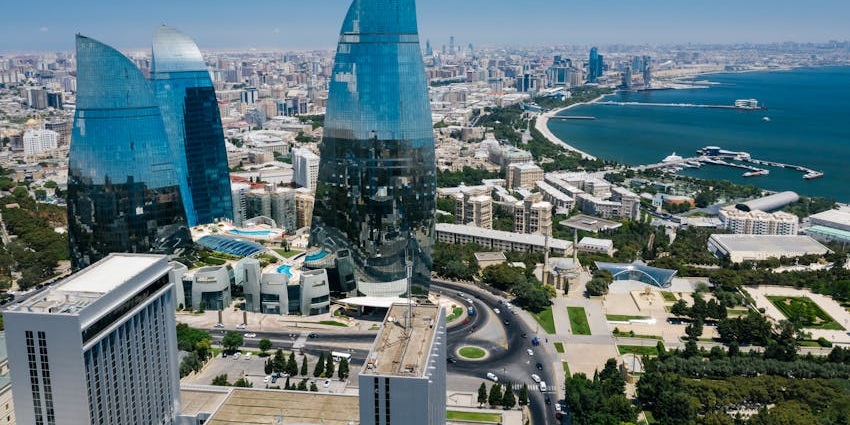
Baku is the perfect base for exploring the surrounding region. Nearby Gobustan showcases ancient rock carvings that reveal the area’s rich human history. The Absheron Peninsula is scattered with historic forts and mosques, reflecting centuries of diverse rulers and travelers. One of the most striking sights is Yanardag, or Burning Mountain, where a natural gas flame flickers continuously along the hillside. Standing there, feeling the warmth carried by the wind, you quickly grasp why fire holds such deep cultural significance in Azerbaijan.
What is Baku famous for? It’s a blend of ancient charm and modern vibrancy, from Old City walls to gleaming skyscrapers. The taste of tea in cozy cafés, the sea breeze along the promenade, and the aroma of fresh bread in bustling markets all capture the city’s spirit. Baku balances tradition and progress, creating a unique, unforgettable experience that stays with you long after you leave. Book your journey today with TripXL.
Cover Photo: Adil Sattarov / Unsplash


 WhatsApp
WhatsApp
 Twitter
Twitter
